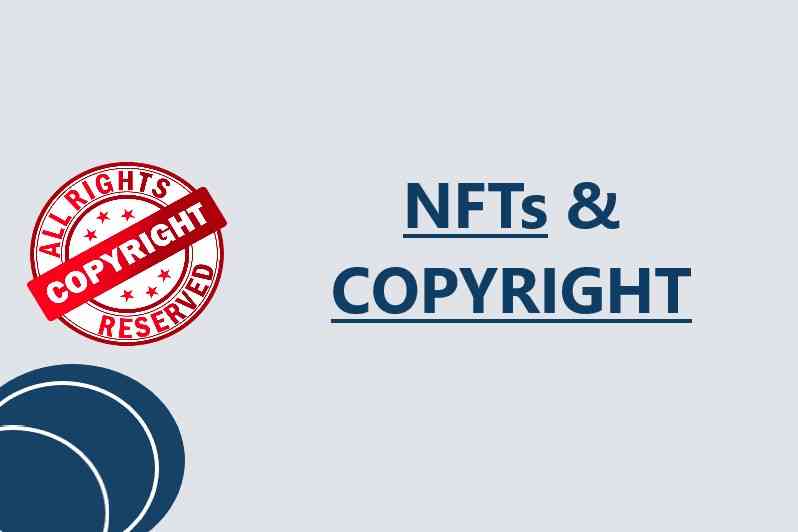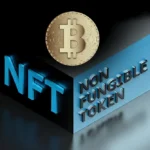NFTs are a type of digital certificate that a user gets in their digital wallet. These certificates are then registered on a blockchain, and can be traced and verified by anyone. This technology can be beneficial for copyright users because it allows them to track and trace the source of their content. A few copyright owners have already begun to use this technology to protect their content.
CC0 license
If you’re evaluating whether a CC0 license is right for your NFT project, you should be aware that there are pros and cons to each. While CC0 is generally the best choice, it doesn’t make sense for every project. It may be better to use a more restrictive license, especially if you have a well-established brand. However, this can reinforce the exclusivity of a brand.
Many copyright lawyers argue that a CC0 license will weaken an NFT project’s brand, and may reduce the value of scarcity. For example, by removing the right to take down harmful derivatives, CC0 removes some of the value that comes with NFT ownership. As a result, valuable NFT projects have implemented their own copyright terms.
CC0 licenses can be problematic, as their democratic nature may not align with the values of the project. For example, a group of extremists could take an image and use it to degrade the NFT community and the artist. This is why IP rights may still be necessary in some cases.
Ultimately, NFT creators who opt for a CC0 license must choose between their goals and how they will fit into the ecosystem. Chain Runners creator Dom Hofmann, for example, built his game on cc0 assets, but now has stepped away from Loot to focus on other NFT projects. This type of license may be the best choice for your project if your goal is to establish an online community, rather than creating an isolated, non-community-based product.
Another important difference between NFTs and CC0s is the type of rights granted to the creator. While CC0 NFTs allow people to remix and distribute their work, CC0s don’t allow you to use any of it for commercial purposes.
Creative Commons CC0 licenses are the most liberal of the two types of copyright licenses. By releasing their work under a CC0 license, creators give up the rights of their work to the public. This way, anyone can use and reproduce their work without paying them.
One of the main mechanisms driving the adoption of NFT is the CC0 copyrights. This copyright is similar to the public domain. Winnie the Pooh, for example, became public domain this year. In a CC0 license, the creator waives all copyrights. This means that the work can be used as they see fit.
One big pro to CC0 copyrights is that they’re much easier to protect. While CC0 NFTs allow more freedom and allow for more authenticity and transparency, NFTs also allow for more traceability and edition sizes. While these advantages are great, they’re not the only benefit.
The CC0 license can remove IP friction points that can limit brand development. For example, in the NFT community, some NFT holders may own profile pictures and have lost licensing opportunities because of it. Conversely, a NFT creator can earn ongoing royalties by licensing their NFT to a third party. This will increase their brand exposure, and may even allow them to profit from derivative works.
NFT projects often rely on community and network effects. To be successful, they need to minimize friction to maximize network effects and create a community. To achieve this, they need to measure what users value from the NFT. The value could be monetary, social, or any other utility.
A key advantage of CC0 NFTs is their wide reach. They enable spinoff projects and derivative works that pay homage to the original. This increases the original value and stimulates more creation. Moreover, CC0 NFTs are compatible with Web3, which promotes sharing and building on NFTs.
CC0
CC0 is a type of licensing scheme that grants users the same rights as if the work were in the public domain. This means that users are not required to compensate the creators for their use of the work. This license is not intended to give artists specific rights to their work, but rather to give the artwork its life and make it available to other users.
While CC0 artists don’t receive a pay check, their art is widely used and is gaining widespread virality. Some of the most popular NFT projects have chosen the CC0 path and have seen their artwork being used in unexpected ways. These projects have also gained popularity and created a community around their creators.
Although CC0 is a more open source license, it is not without drawbacks. The CC0 license isn’t as decentralized as the NFT license. As a result, it is important to understand the pros and cons of both. While CC0 is a good first step, creators should still consider NFT before making the final decision.
While NFTs are more flexible, they should not be treated as a one-size-fits-all solution. For example, NFTs based on well-established brands may want to use more restrictive licenses to reinforce their exclusivity. CC0 NFTs can be very useful in this situation.
Although not all NFT projects are CC0 projects, many of them do require CC0 licensing. Using this license can make it possible to share NFTs and solve many copyright issues. Additionally, CC0 allows creators to grant permission to other people to use their work for a variety of purposes.
One of the main benefits of NFT is its ability to boost the value of original art. It creates increased network effects and helps projects get exposure. Moreover, the increased exposure of original art can increase the price of original NFTs. The original art also becomes more valuable and collectible, thus contributing to the value of original works. A good example of NFTs is Picasso’s paintings.
NFTs also allow the creators to license creative works that are linked to NFTs with existing CC licenses. However, these creators may not be able to edit the NFT without paying the creators. Moreover, NFT holders may not have the right to sue other users if the related token is used without permission. This means that the creators of these NFTs must carefully police the licenses to avoid infringement.
There are also many examples of NFT projects that are not CC0. For example, the CrypToadz, a collection of NFT toads, have been released into the public domain. This open garden model has helped them gain recognition and revenue.
While NFTs are generally not commercially viable, releasing IP rights can help them gain brand awareness. If a NFT is used in a commercial setting, it can increase the value of the project significantly. While this is certainly beneficial, there are also many disadvantages of NFTs.
Non-CC0 projects are also vulnerable to abandonment. While many projects are merely quick cash grabs, the best projects are those designed to build long-term demand. To achieve this, successful internet companies, blockchain protocols, and NFT projects must be able to generate network effects. In this way, new users add value to the network and discourage losers. Network effects are particularly crucial in the open-source world. The open-source world punishes attempts at silos. Hence, a strong community is often the only moat in the open-source universe.


